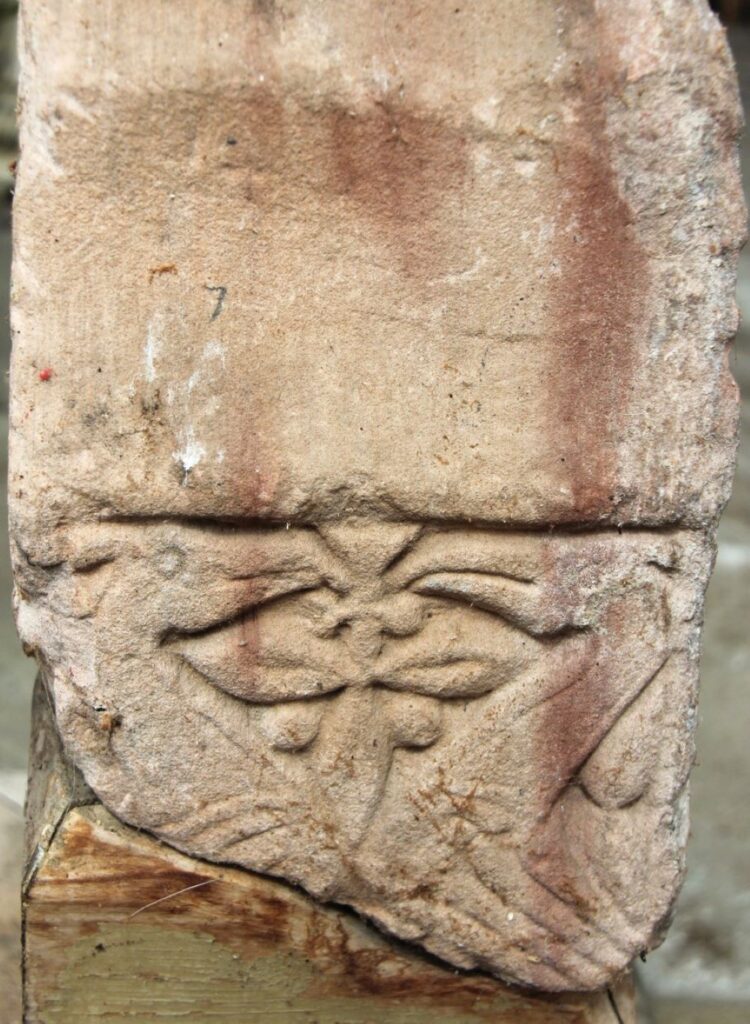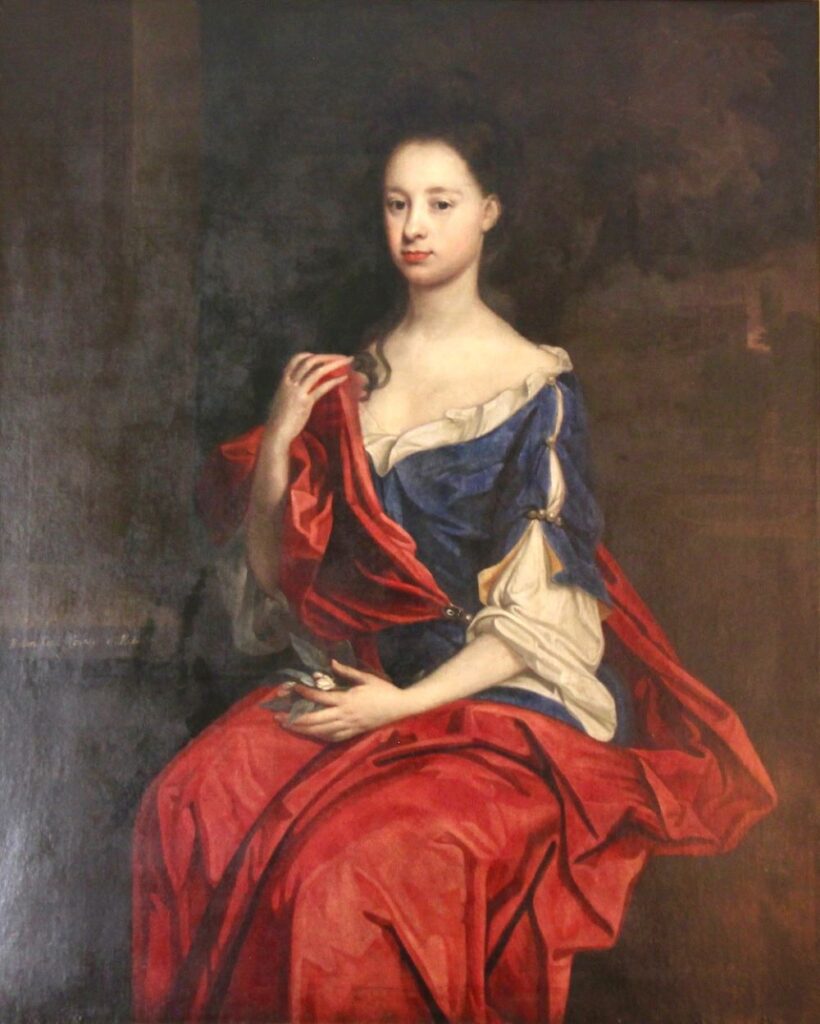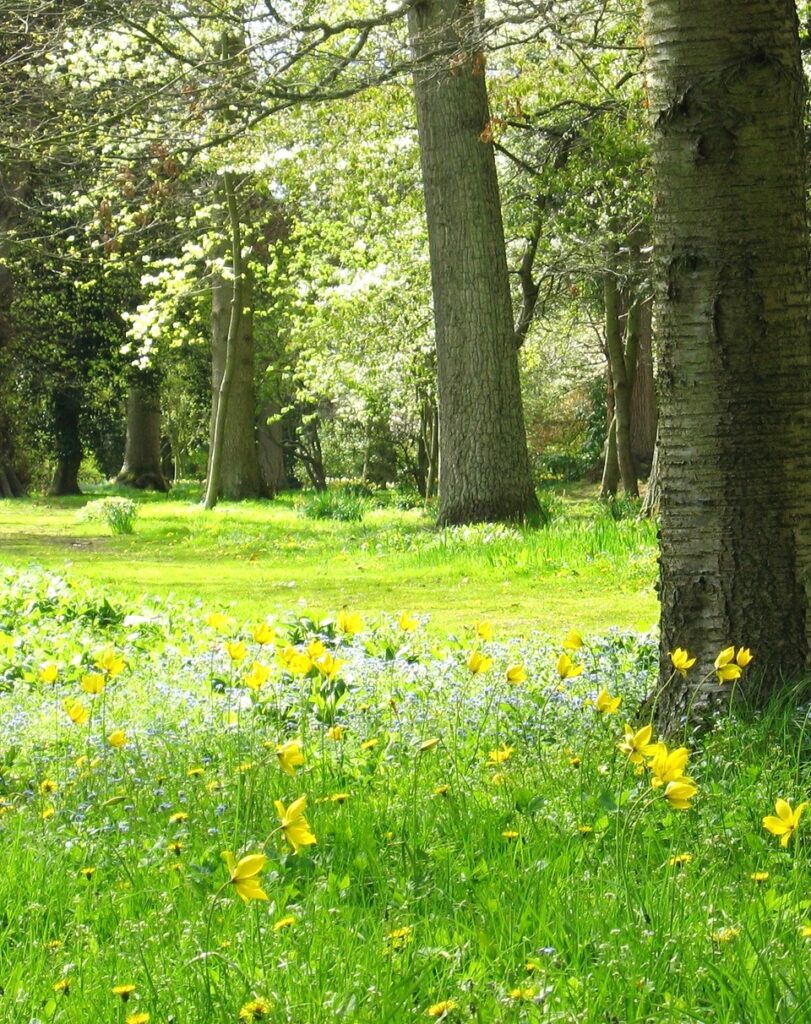The second talk of the DDHS season was delivered by Judy Riley and enthusiastically received by the audience. The speaker sent the following slides and notes. Text by Judy Riley and links by James Herring.
The photo below shows a fragment of a late 9th century cross which was found in the core of the tower of the ruined kirk at Tyninghame in the 1930s.. This facet shows two birds with long beaks eating berries. Simeon of Durham, in the Historia regum for the year 941, writes: ‘Anlaf laid waste the church of St Baldred (good photos) and burned Tyninghame.’ Together these two pieces of evidence indicate that the monastic settlement was thriving, almost two hundred years after the death of Baldred in 756. Even after this destruction, the memory of the saint lived on and as a member of the community of Lindisfarne, he continued to be venerated both in their annals and in this corner of East Lothian. A fine church was built in his memory c.1140, by then associated with the bishops of St Andrews rather than with those of Durham. There is no evidence of a monastery having been rebuilt after the Viking attack, but the chapel dedicated to St Baldred eventually became the kirk at the centre of the scattered settlement on the banks of the Tyne.

The photo below shows a portrait of Lady Helen Hope (1677-1768), wife of the Thomas Hamilton, 6th Earl of Haddington (1680-1735) by the artist John Baptist de Medina (More portraits). It was Helen, a young wife of barely twenty-three when they came to live at Tyninghame, who began planting the garden and the woodlands around the house, Binning Wood in 1707 and Fir Links Wood on the shore of Hedderwick Bay some years later. Her husband eventually followed her example and is remembered for his book A Short Treatise on Forest Trees, published with other works in one volume in 1755. The landscape pattern they established is the one that is still there today.

The final photo below shows Tulipa sylvestris (good photo) and cherry blossom in The Wilderness, Tyninghame House Gardens. The house was sold to developer Kit Martin in 1987 and today there are 15 households in residence. There are nine apartments of varying sizes in the house and a further six houses in the grounds. We employ a Head Gardener, Chas Lowe, and one other gardener. Between them they manage the borders, lawns, The Wilderness and the drive. Tyninghame Gardens and the Walled Garden (many photos)will be open under Scotlands’ Garden Scheme 2025 on Sunday May 11 and Sunday June 29. I hope some of you will be able to visit and support local charities.


You must be logged in to post a comment.